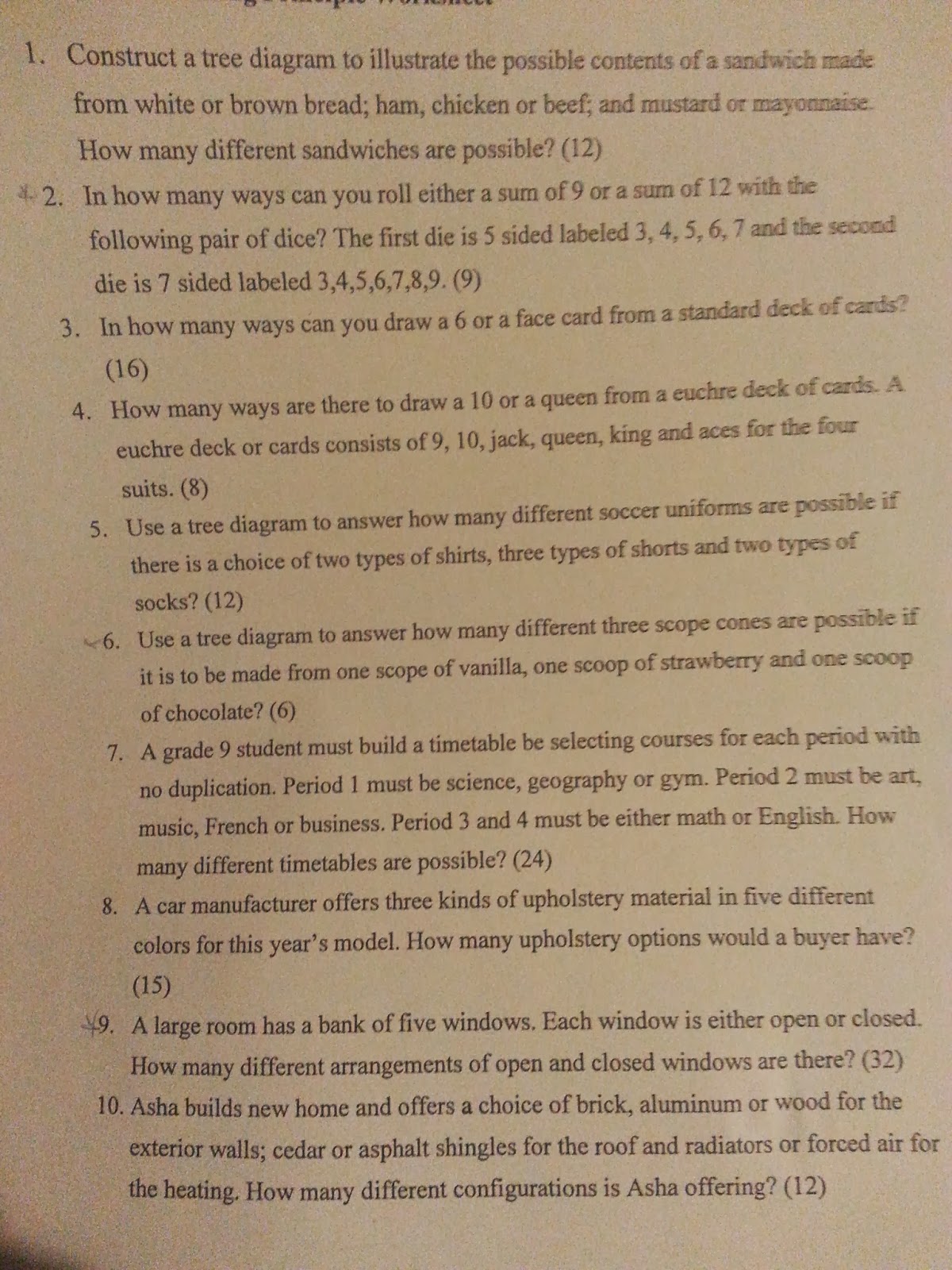Hi, Jerricson here! just a reminder I'm not the best when it comes to explaining stuff so ill do my best and if you have questions about this particular topic please ask Mr. P for better understanding.
Today's lesson was a continuation of transformation but instead we learned Backward Transformation. Basically you have to solve for the original function of the transformed function by doing so you will have to "reverse" the method of transformation and if you still did not understand that here, are some examples of what we learned today.
Example 1: Consider the transformed function y = f(x) + 2 below. What is the graph of y = f(x)
-tips for solving y = f(x), make sure you know how transformation work, anyways back to the example.
To get y = f(x) + 2 from y = f(x) you need to add 2 on the y-values. But since we are doing Backward Transformation and in order to find the original function in this question you need to Subtract 2 on the y-values. like what i mentioned in the first paragraph "Reverse the method of Transformation"
For more examples please check our unit-2 booklet pages 52-55. and if you don't have the notes ask your friends so you wont fail.
And finally for the Main event, class selfies.
Selfies with Julan and Raphael
Mr.P's sideview
Crazy Bunch
Pre-cal iz Da Best!
THE END










.jpeg)
































